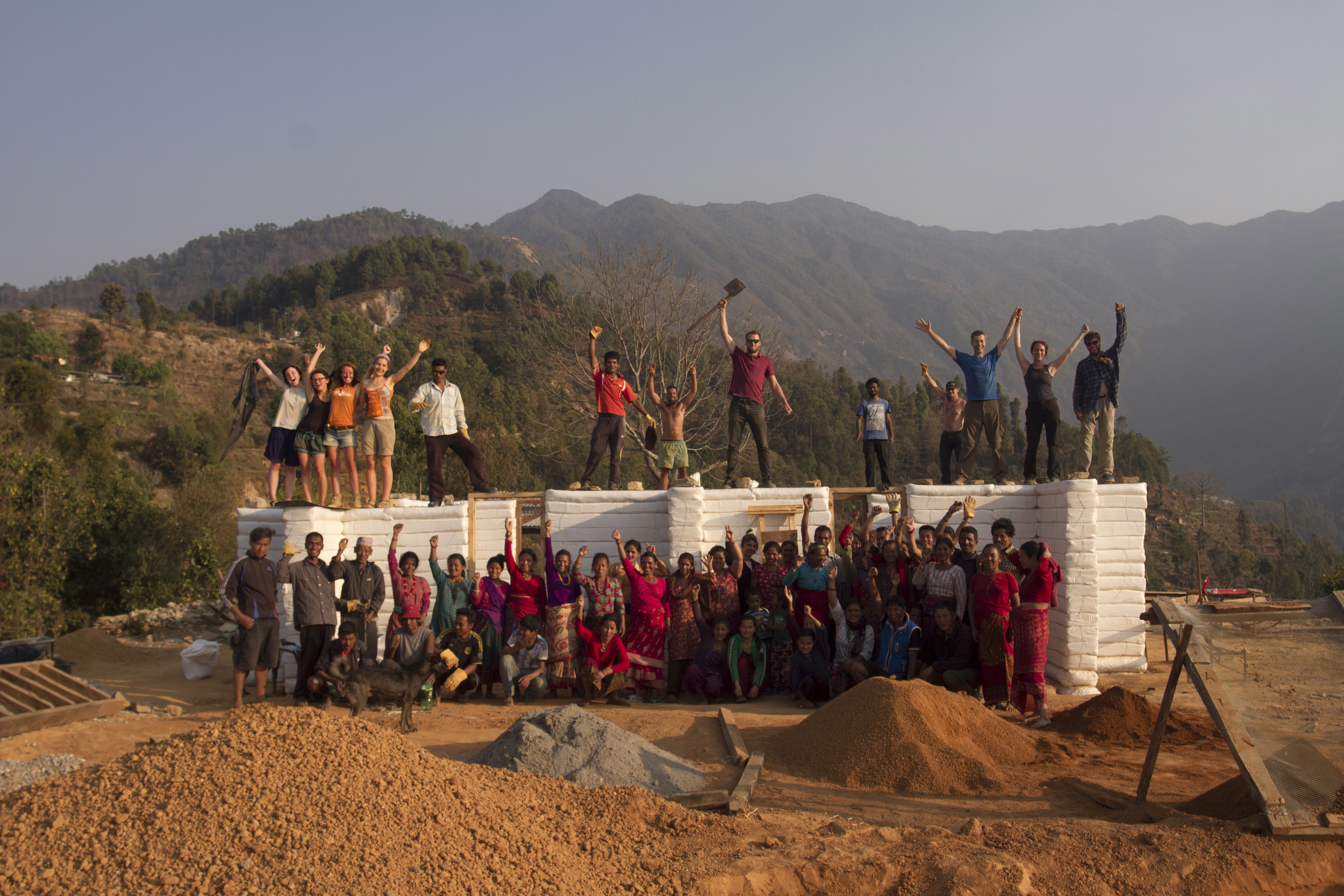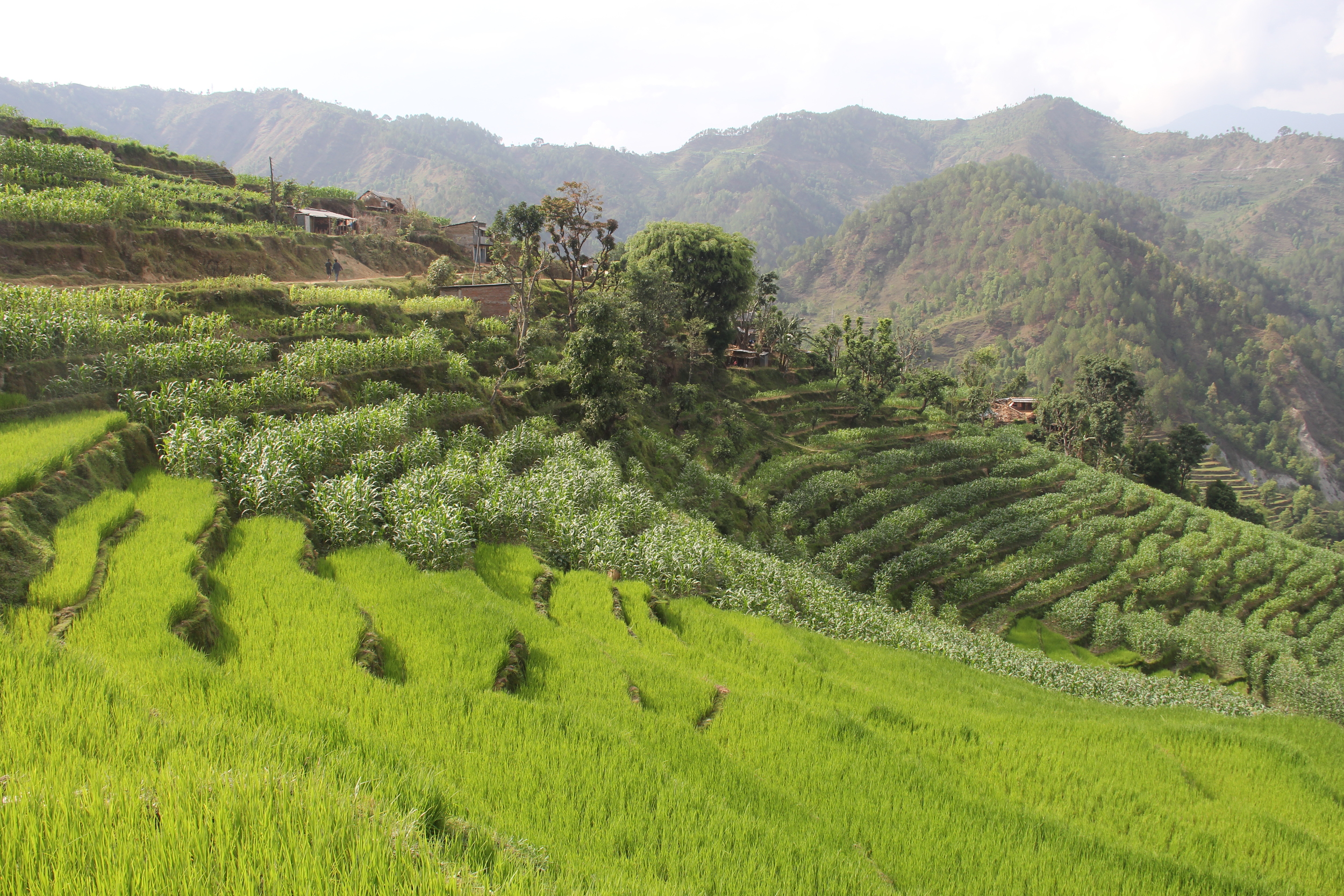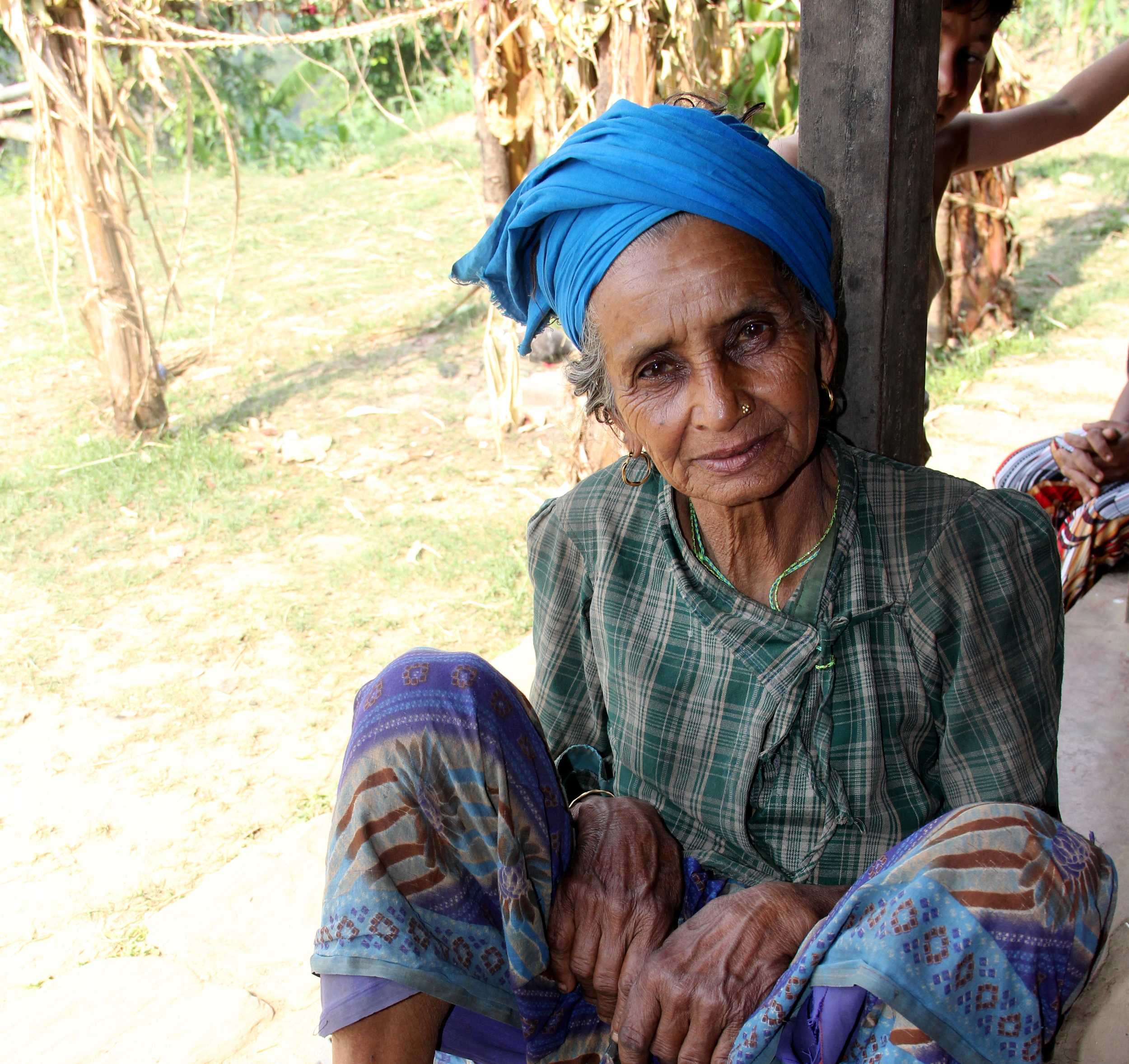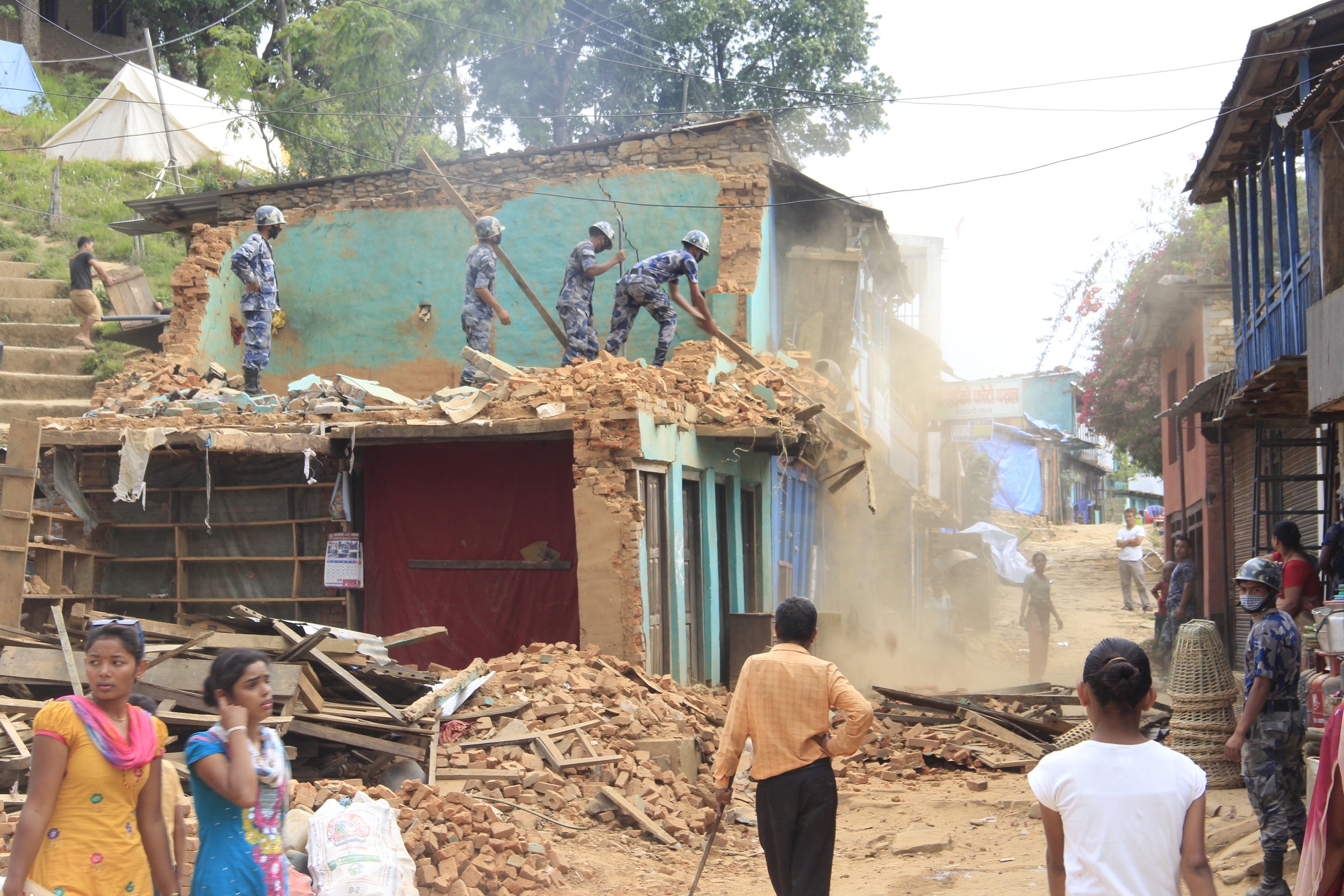



We build houses and schools using revolutionary Earthbag technology, and teach others to do the same.
Using the soil from under peoples's feet we help villagers in developing countries build disaster-resistant, affordable and eco-friendly homes and schools, and teach an emerging class of builders, architects and engineers to build safely and sustainably.
Recent Developments
our latest project: Earthbag houses for widows
In Nepal, discrimination against women is common. Widows are subject to special scorn, deprived of basic rights and thought to be symbols of ill-omen, and even the cause of their husband's death.
In Kavre, Nepal we’re building Earthbag homes for widows, single women and their children. All were displaced by the 2015 earthquake, and many now live in tin shacks. Our homes are earthquake and disaster-resistant, and will last for generations. We work in partnership with Lily Thapa and her non-profit Women for Human Rights (www.whr.org.np), serving oppressed Nepali widows and single women. See the Builders of Tomorrow video below.
Earthbag design is approved in Nepal!
A year and a half of Good Earth Global design, research and lobbying have resulted in Nepal, population 30,000,000, becoming the first country on Earth to officially accept and adopt Earthbag technology at the federal level!
Our Earthbag designs are now published in Nepal’s official Design Catalogue For Reconstruction of Earthquake Resistant Houses, Volume II, and Earthbag construction has become an official option for Nepali villagers receiving government aid.
We now seek to export Earthbag technology to all regions in need of safe, sustainable and affordable homes, schools and clinics.
Why It Matters
A World In Need:
Rural villagers typically rely on flimsy, poorly designed structures built out of easily available mud or stone or more costly bricks, cement, and steel, processed in big-city factories and hauled along poor or non-existent roads. In isolated areas the final leg of the journey often involves porters carrying heavy loads of cement or bricks on their backs.
In disaster-prone areas homes and schools built of these materials routinely succumb to earthquakes, wind and flood, resulting in broken communities and a tragic loss of life. Ruined homes and schools are then rebuilt in the same old way, and the deadly cycle is repeated.
Building this way also proves toxic to the environment, especially in a time of global warming and rising seas. Factories foul our air and pollute our water. Trucks used for transport guzzle gasoline, and belch poisonous fumes. Mining, extraction and the harvesting of timber scar the landscape and deplete precious natural resources.
A Safe, Sustainable Solution:
Earthbag technology builds safe, sustainable and cost-effective structures out of ordinary soil from the worksite. Requiring no bricks or blocks and little or no cement, steel and wood, Earthbag homes, schools and clinics substantially reduce reliance on manufactured materials, and the environmentally damaging factories, smokestacks and kilns needed to process them.
Building with soil from the worksite also reduces the need for transport, resulting in less fuel consumption, reduced emissions and fewer vehicles on the road.
Benefits of Earthbag Building:
Safety: Earthbag buildings are stronger than conventional structures. In Nepal all 55 Earthbag structures survived a 7.8 magnitude earthquake with no structural damage. Earthbag structures elsewhere have survived devastating earthquakes, flood and wind, and even bullets and bombs
Ease of Construction - Earthbag building is simpler than more conventional construction methods, and easily learned by rural villagers
Cost-Effective - Savings on materials and transport makes Earthbag construction less inexpensive than more conventional building methods
Better for the Environment - Building with soil from the worksite means reduced pollution and less depletion of natural resources
Appealing - Earthbag structures are easy on the eyes, and can be custom-tailored to suit local cultures and building traditions
Builders of Tomorrow by Zoomin TV earthbag training in nepal
HIGHLIGHTS
In partnership with Anna University (Madurai, India) we built an Earthbag Meeting Center on campus, and taught Earthbag building to Anna engineering students.
Received award for "Best Rural Design" from Nepal's Prime Minister Oli, in a competition organized by the Nepal Engineers' Association
Our volunteering program brings together skilled architects, engineers and others highly motivated individuals of varying backrounds, ages and skills.
Sponsored International Earthbag Conference in Madurai, India, and delivered keynote address to over 650 participants.
Active projects
Completed projects
About
Find out about our organization, mission and team, and revolutionary Earthbag technology.
Get Involved
Ready to take the next step? You can become a contributor to our cause, or participate yourself.



























Tirtha's husband died of cancer two years ago. She has 6 kids - 5 girls and 1 boy. The oldest son is 15 years old and youngest girl is 2 years old. The house she used to live was damaged by the earthquake. She does not own any land so she has to work as a farmer for other people. This is the only source of her income. There are times when she does not have work and she does not have enough food for her family. In this case her neighbors give her rice and lentils.
We are happy that now Tirtha and her kids have new beautiful and safe house to live in.
This project is sponsored by Help Kids in Nepal (HKIN)